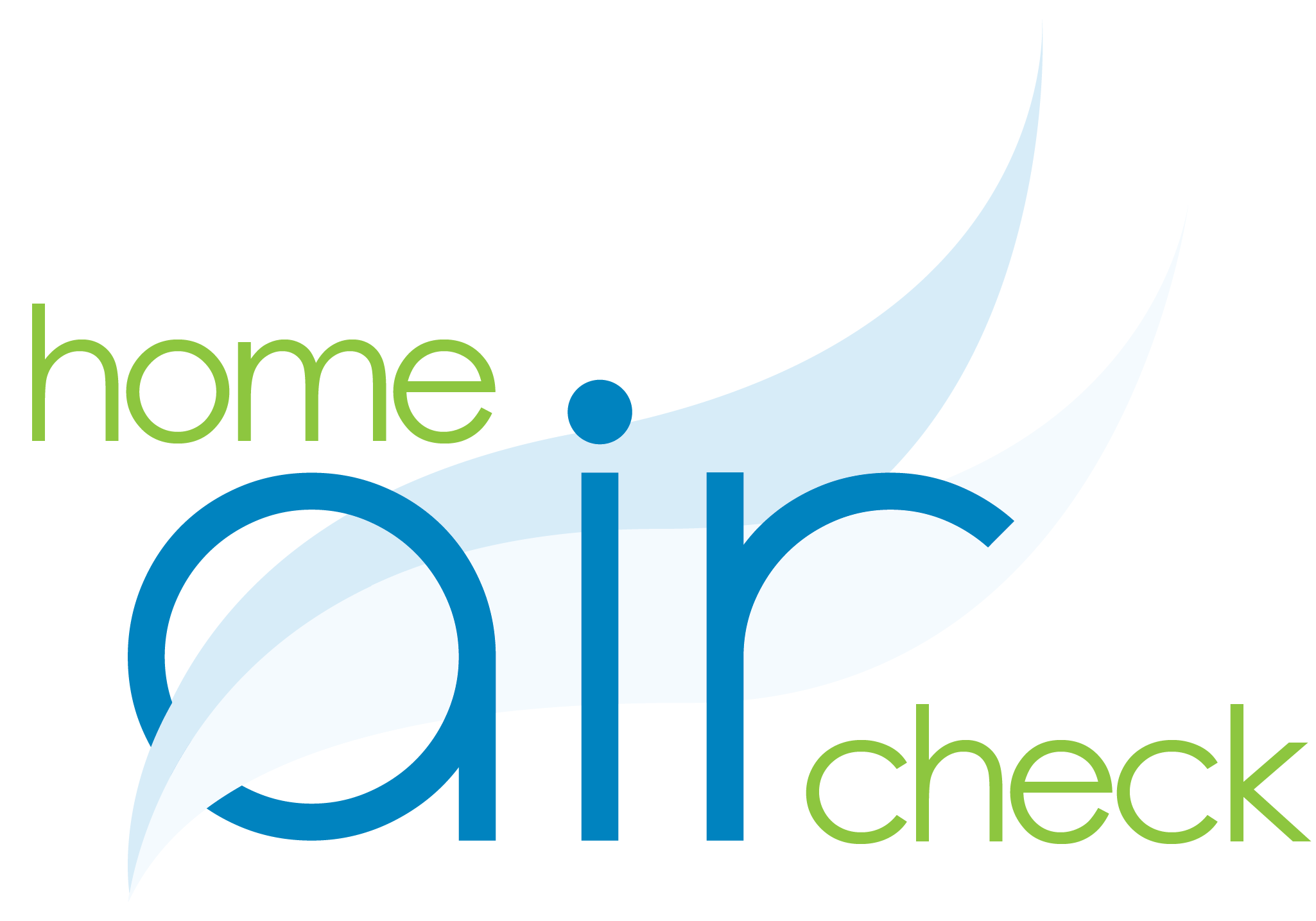It is a well-known fact that outdoor pollution is regulated and screened to help protect our overall health. Some commercial properties also have guidelines in place for air quality, but did you know there are no standards when it comes to residential air? Monitoring the overall air quality in the home is our responsibility and may seem like a huge undertaking. In this article, we will provide tips on when, why, and how to test your indoor air to obtain a more comfortable living space.
Knowing what affects your home’s air quality is vital in determining what to test for. There is a multitude of pollutants invading indoor air constantly from sources like microscopic particles, volatile organic compounds, viruses, and bacteria. Both chemical and biological sources should be considered; items such as paints, cleaning products, allergens, and mold build up in the air over time. Without adequate ventilation and sufficient airflow, factors such as relative humidity fluctuations play a large role in balancing air quality from day to day.
How do you determine if indoor air quality testing should be performed in your home? Let’s look at 3 observations to consider:
- Sight: you can see visible water damage, discoloration on your walls/ceilings, or abnormal dust.
- Smell: you smell unusual, persistent odors.
- Health Symptoms seemingly only in your home: symptoms like respiratory irritation, burning eyes, headaches, nausea, and skin rashes.
There isn’t a “bad” time to test your indoor air quality, but if you are experiencing any of the above issues, poor indoor air quality could be the cause. Contacting an indoor air quality professional for an assessment is a great way to get to the bottom of your home’s air quality deficiencies. The professional of your choice can come into your home, make observations, and assess what testing is needed. They can then perform the necessary testing and assist with remediation recommendations. There are also do-it-yourself testing kits out there, but they do not provide the level of depth received from a professional test. You should expect an indoor air quality professional to take samples, use various testing equipment, and provide a thorough assessment of problem areas in your home. Something as simple as storing cleaning supplies in airtight containers can make a difference and a professional can help point out these issues.
What can be done in the meantime to improve your home’s air quality? Purchasing an in-room air purifier that has both a HEPA and carbon filter to remove both particulates and chemicals alike is a good starting point. You can also increase ventilation; opening doors and windows to let out chemicals that have built up can significantly improve air quality.
It only takes 3 steps to obtain healthier indoor air: assess, test, and remediate. See how much healthier both you and your home can be!


